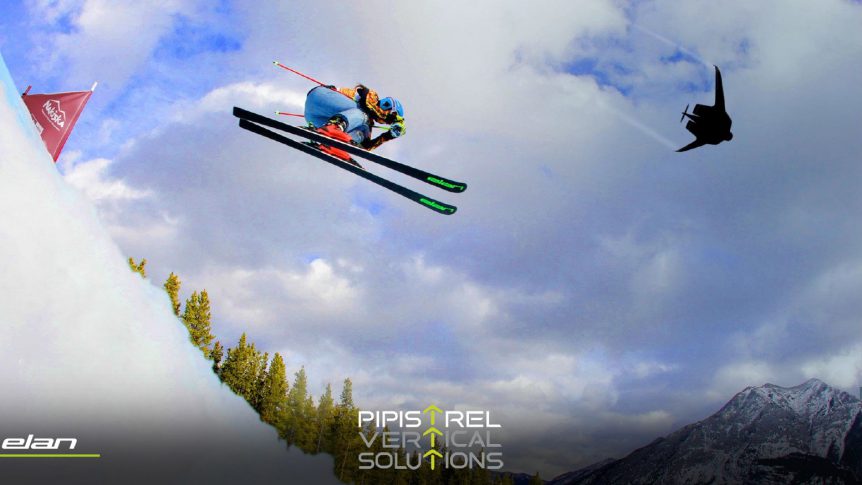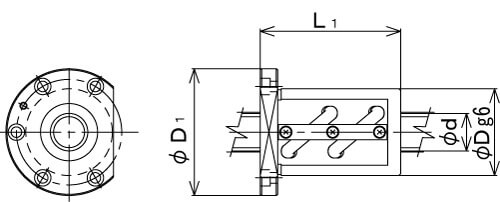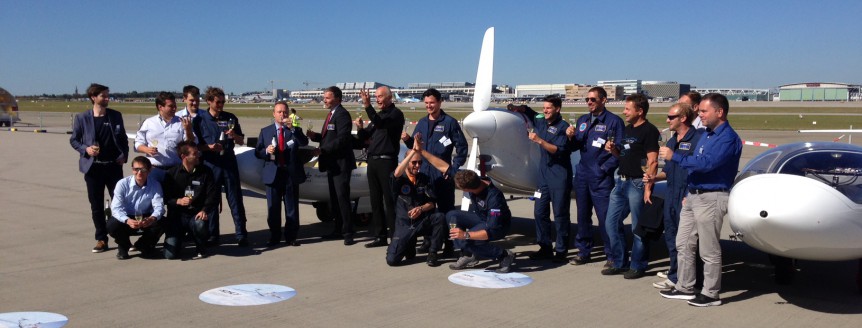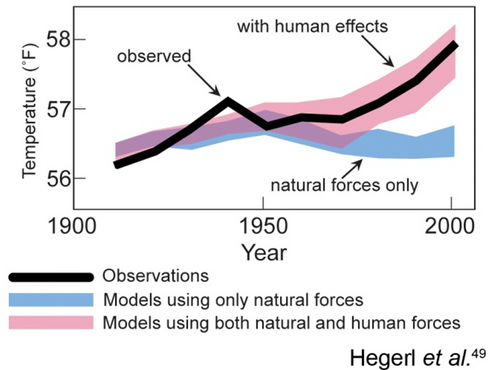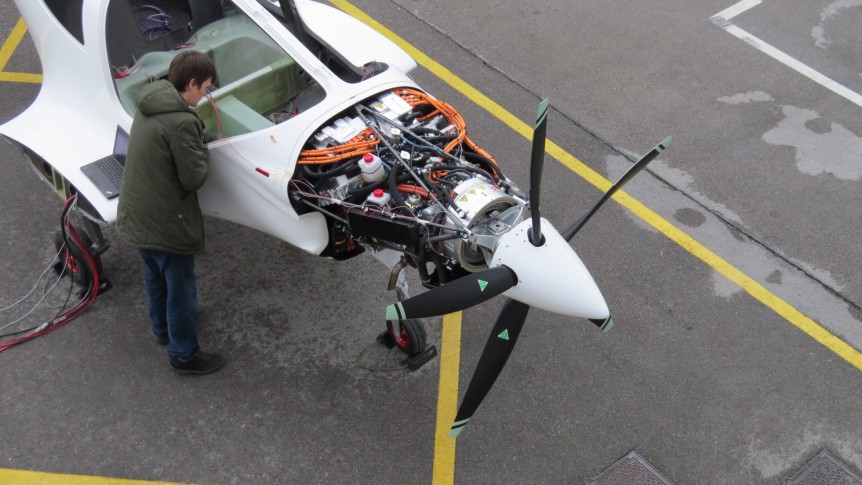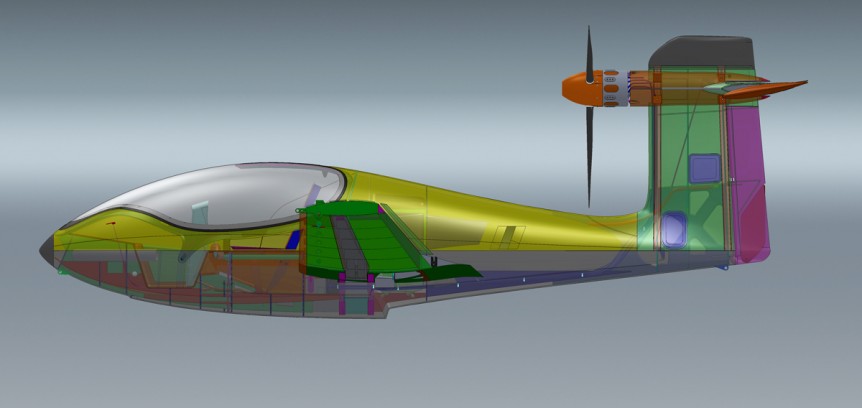Visiting Los Angeles for UBER’s second Annual Elevate Summit on May 8, Tine Tomazic and Igor Perkon presented Pipistrel’s new electric vertical takeoff and landing (eVTOL) concept. As described in their press release, Pipistrel’s new design “utilizes dedicated propulsion systems for both cruising and vertical lift and embraces an aircraft styled family approach of eVTOL able to carry between 2 to 6 passengers.” Mark Moore, UBER’s Director of Engineering, attempted to find out about the “sauce” that helps make Pipistrel’s eVTOL concept unique, but was deflected by Tine’s response that the “airplane” (important distinction) would be a “cruise plus lift” machine, emphasizing speed of transit, but relying on electric power to provide vertical lift. He also noted that propulsion would be distributed. At the Sustainable Aviation Symposium on May 11, Tine did not talk about that matter, but gave an excellent review of Pipistel’s electric and hydrogen-powered aircraft, and the company’s ongoing efforts to achieve “green” aviation. They have been …
TAG – You’re Down!
Nailing the landing is a big test for gymnasts, birds, and in the near future – for electric commuter aircraft. Landing in an impossibly short distance seemed like a mission only for helicopters until recently. Fixed-wing machines seem at a disadvantage here, rotary-wing craft having the edge in being able to set down almost anywhere, and on the proverbial dime. Brien Seeley’s TAG may make it possible for fixed-wing craft to emulate birds. Fixed-wing craft have the advantage in point-to-point speed – a big selling point for commuter craft. High cruising speeds and short ground runs seem mutually exclusive, although new designs and inspired amateurs are showing the way to combining the best of both worlds. First, it’s apparent from the demonstrations of the Valdez STOL (Short Takeoff and Landing) aircraft at Oshkosh’s Airventure that simple, light aircraft can come close to single-plane-length ground rolls coming and going. It’s a skill bush pilots have worked on for years, and with …
HY4 Makes First Public Flight – Your Editor Rides EAA’s Ford Trimotor
A day after Pipistrel, the DLR and associates flew the first public demonstration of their four-seat hydrogen-powered HY4, your editor and a friend took a brief hop around the Aurora State Airport in Oregon in EAA’s Ford Trimotor, the first certified airliner in America. The two events, roughly equal in duration, if not in historicity, demonstrate a readily observable progress in aeronautics. A quickening of design and technology 14 years after the Ford 5AT first flew on a scheduled route that took 51 hours total time to cross the United States (and split transport duties with trains), your editor’s father was whisked nonstop by Army Air Corps C-54 across the Atlantic to Shannon, Ireland, and then to Bobbington and Newquay, England to work on bombers for the duration of the conflict. Those 14 years seem like a major quickening of design and technology, which brought us pressurized cockpits, turbocharged engines, and great leaps forward in speed, endurance and reliability. Following the …
Is It Hot in Here – Or Is It Just Dr. Santer?
Dr. Benjamin Santer is a renowned climate scientist, leading the Intergovernmental Panel on Climate Change (IPCC) when it won the Nobel Peace Prize (along with former Vice President Al Gore) “”for their efforts to build up and disseminate greater knowledge about man-made climate change, and to lay the foundations for the measures that are needed to counteract such change.” The IPCC clarified the award by explaining, “The prize was awarded to the IPCC as an organization, and not to any individual associated with the IPCC.” Even though he fought through the idea that mankind was adding to the warming trend over the last 100 years*, and risked his career at several points along the way, overall, scientists worldwide have come to agree with his assessments, with well over 97 percent of climate scientists now accepting the anthropogenic causes of atmospheric warming. *New evidence from 25 researchers suggests human-caused warming started as early 1830 – at the beginning of the Industrial …
Siemens 260 kW Motor First Flight, and a Siemens at the 2016 SAS
Siemens Motors announced the first public flight of their SP260D motor in an Extra 330LE aerobatic aircraft – although the motor had made its maiden, but not so public, flight on June 24. Putting out 260 kilowatts (348.5 horsepower) in near silence according to Siemens, the motor will certainly be capable of putting the Extra through its paces. The motor weighs only 50 kilograms (110 pounds), and with its Siemens inverter adds little weight to the nose of the Extra. Pipistrel-designed battery packs grouped behind it push the power-pack weight toward the center of gravity, which should enhance handling qualities. As Electronics Weekly reports, “Support structures have been on a finite element analysis diet. The aluminum ‘end shield’, for example, which supports the motor end bearing and takes all the propeller forces, went from 10.5 (23.1 pounds) to 4.9kg 10.8 pounds) .” This presentation shows the process on page 12. A finite element analysis program, NX Nastran, removed bits that …
Pipistrel Rolls Out Hypstair Hybrid for Run-up
Pipistrel took the wraps off its latest iteration of what was originally called the Panthera, the hybrid variant of which has been renamed the HYPSTAIR, a pun that fails to diminish the significance of the achievement. Pipistrel clams the most powerful aerial hybrid electric power train, powering it up on February 9 and making a mighty, but subdued noise, much of it coming from the specially-designed, five-bladed propeller. Putting out 200 kilowatts (268 horsepower) at full throttle, the Siemens motor turned the propeller using first just the generator, and then the motor in low and high power modes. The propulsor (perhaps a new term to consider as hybrid power becomes a common operational type for electric aircraft) produces 100 kW (134 hp.) from the generator driven by a turbonormalized internal combustion engine, and the top rated power from the drive motor (150 kW continuous, or 201 hp.). These impressive numbers allow the HYPSTAIR to achieve the same kinds of performance of …
Tomas Brødreskift to Appear at SA Symposium
With the upcoming Sustainable Aviation Symposium (May 6-7, 2016) already packed with stellar presenters, we are excited to have Tomas Brødreskift join the faculty. An industrial designer whose skills in product and process design, project management, ergonomics, and visual and CAD design have led and enabled him to bring his amphibious Equator P2 Xcursion to life will share his expertise and experiences with attendees at the Sofitel San Francisco Bay. Tomas’ demonstrated skills in designing everything from Hardrocx mountain bikes to an array of consumer goods have helped prepare him to guide the Xcursion from concept to final product. Since he has overseen every step of the design/build process, the airplane is a reflection of its unique specification and its designer’s attention to detail. The Equator web site explains, “The P2 was designed from the ground up to be a highly practical aircraft. It is made for 2 people initially (with a future option for 4 seats) with focus on …
Caging Silicon Anodes with Graphene
Dr. Yi Cui of Stanford University has expanded the idea of “battery” to include conductive ink on paper, fruit-like clusters of energy-storing capsules, and now, nano-sized graphene cages in which the energy can romp like a hamster in a plastic ball. He will be on hand at this year’s Sustainable Aviation Symposium on May 6, at the Sofitel San Francisco Bay hotel. His pioneering work with silicon as an electrode material goes back at least ten years, and has focused on overcoming silicon’s two major problems in battery use. Silicon expands and begins breaking down during repeated charge-discharge cycles. It reacts with battery electrolyte to form a coating that progressively destroys performance. The combination of crumbling and coating finally makes the battery inoperable. His group at Stanford had found a way to “wrap every silicon anode particle in a custom-fit cage made of graphene, a pure form of carbon that is the thinnest and strongest material known and a great conductor …

